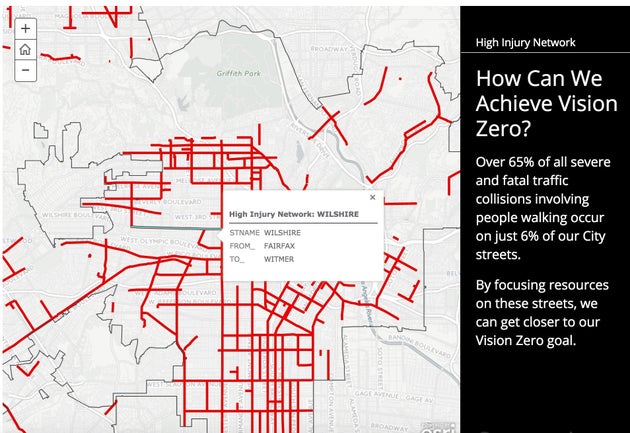“We Feel is a project that explores whether social media – specifically Twitter – can provide an accurate, real-time signal of the world’s emotional state….Hundreds of millions of tweets are posted every day. A huge topic of conversation is, of course, the authors; what they are up to, what they have encountered, and how they feel about it.
We Feel is about tapping that signal to better understand the prevalence and drivers of emotions. We hope it can uncover, for example, where people are most at risk of depression and how the mood and emotions of an area/region fluctuate over time. It could also help understand questions such as how strongly our emotions depend on social, economic and environmental factors such as the weather, time of day, day of the week, news of a major disaster or a downturn in the economy.
Whilst there is already a wealth of academic research on mental health and wellbeing, such as the Black Dog Index, this information is traditionally gathered by surveys and isn’t a real-time indication of what’s happening day to day. The traditional approach is time consuming and expensive. Twitter offers a large and fast sample of information that could hold the key to a real-time view of our emotions….
See also: Milne, D., Paris, C., Christensen, H., Batterham, P. and O’Dea, B. (2015) We Feel: Taking the emotional pulse of the world. In the Proceedings of the 19th Triennial Congress of the International Ergonomics Association (IEA 2015), Melbourne, Victoria, Australia, August 2015.”

